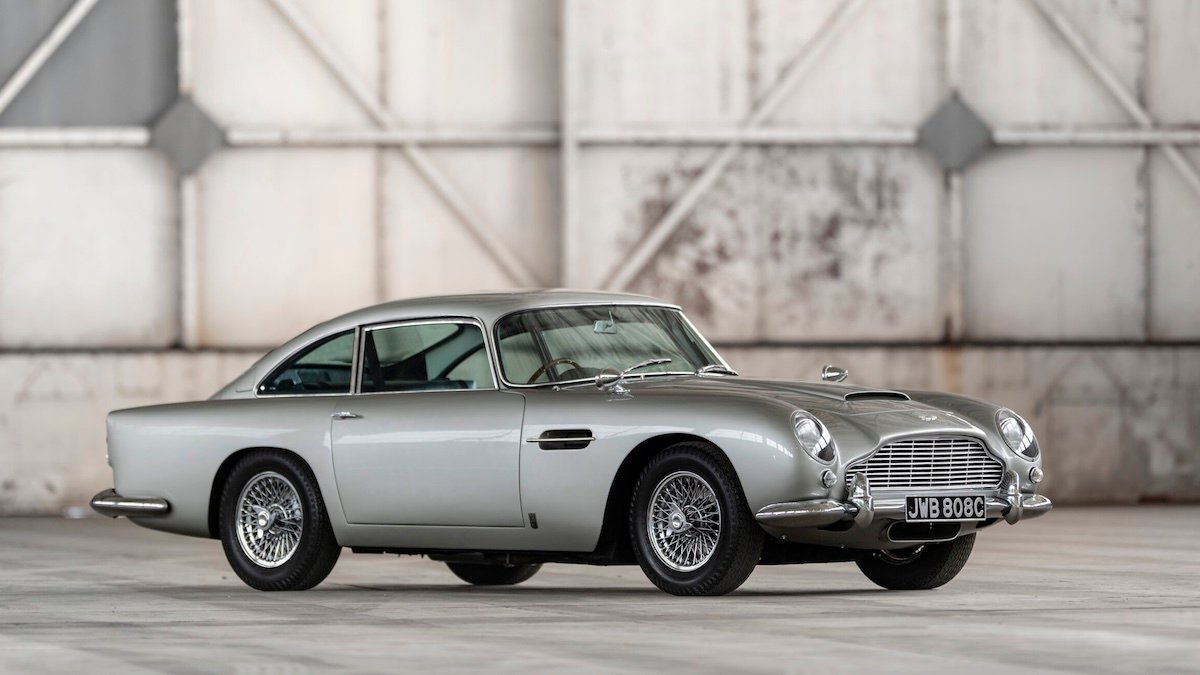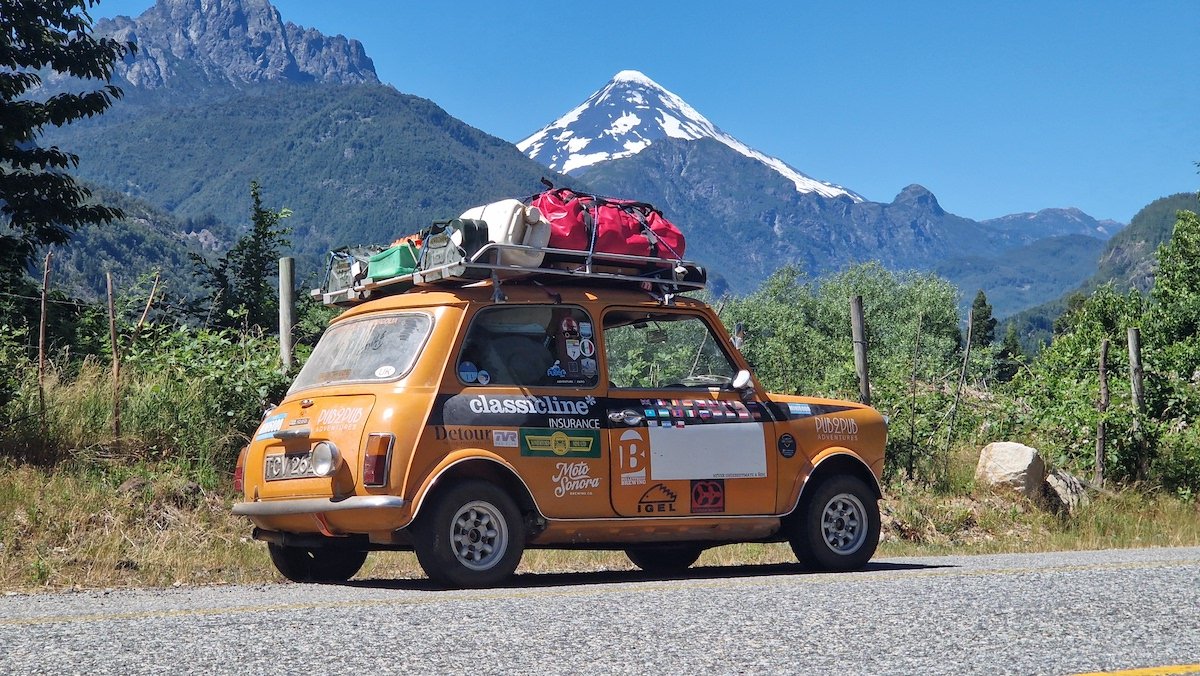Top Tips for Buying a Used Jaguar XJ6 (1968-86)
Cliff Chambers•29 September, 2024
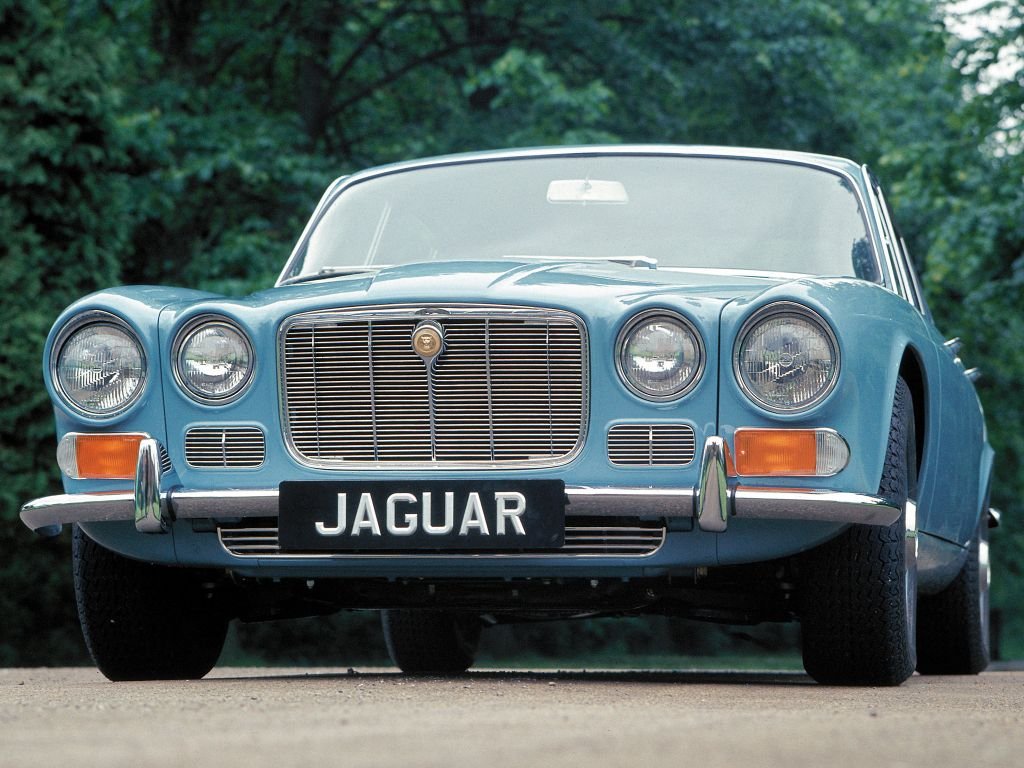
Series 1
The XJ6 Jaguar displayed in 1968 at the London Motor Show was an extraordinary car. The shape was low and wide and owed nothing to the ‘compact’ saloons that had driven Jaguar’s fortunes since the 1950s, yet this car was so obviously a Jaguar it was displayed unadorned and without badges.
All-independent suspension had been used in four-door Jaguars since the Mark X in 1962, but for the XJ6 it was entirely updated with lighter components and incorporated anti-dive geometry for exceptional stability. All-wheel disc brakes were retained, mounted inboard at the rear to limit unsprung weight.
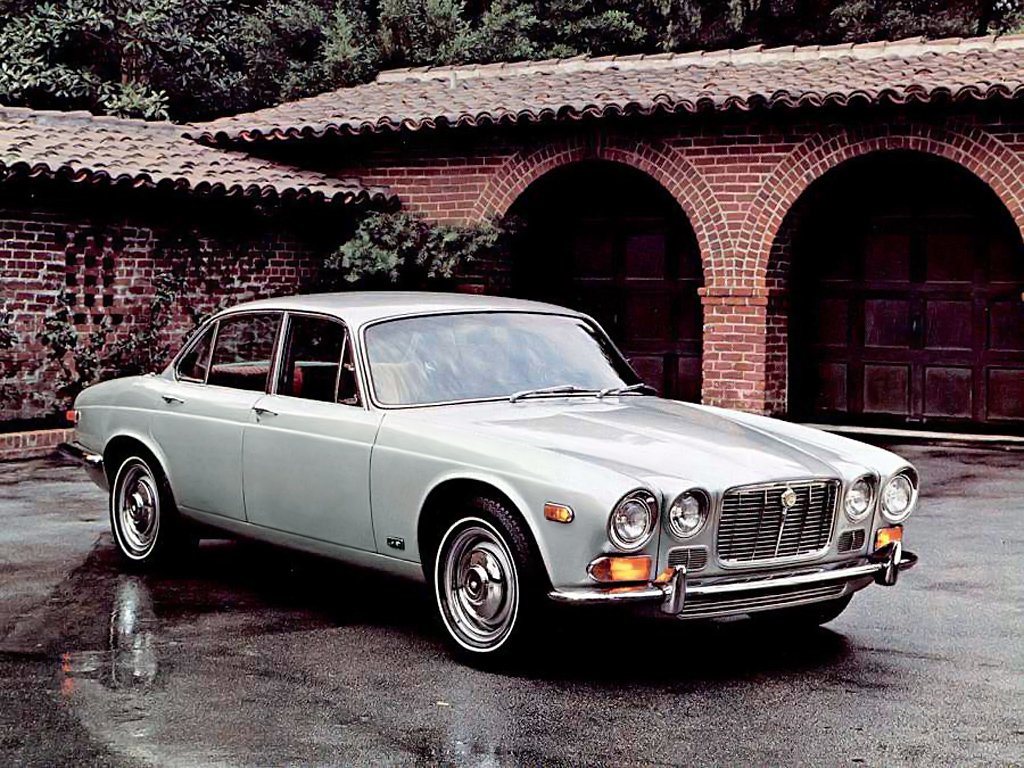
Jaguar XJ6 Mk1
The advanced suspension required a specialised tyre so Dunlop developed the SP Sport, or Aquajet, specifically for the XJ6. Although the top speed of a manual XJ6 was 185km/h, the Aquajet was rated for over 130mph (210km/h). It would later become clear that this was due to a still-secret V12 that would push the car to such speeds.
Series 1 XJ6s seen in Australia were powered mostly by Jaguar’s proven 4.2-litre six-cylinder engine which delivered 183kW and 370Nm. A four-speed manual transmission was standard with overdrive optional but most buyers opted for the three-speed automatic option.
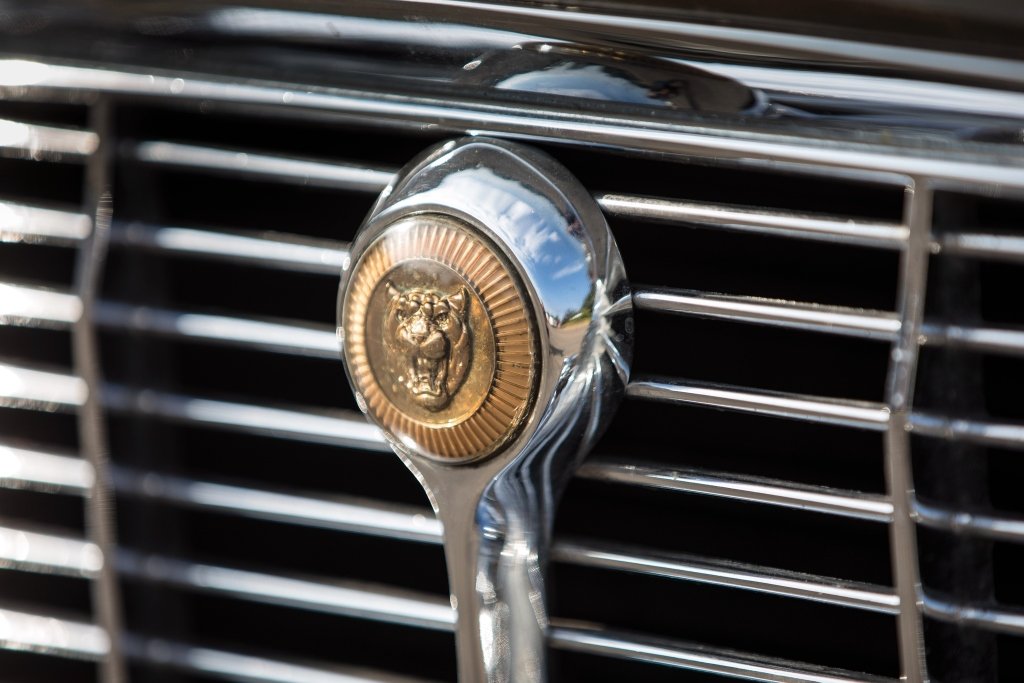
Grill logo on Series 1
The S1 survived until late 1973 when it was replaced by a mildly-restyled Series 2. These had a new bonnet and slimmer grille, higher-set bumpers to comply with US safety regulations and scalloped wheels with domed hub-caps.
Series 2 XJs were built until 1978 and under the scourge of British Leyland when quality problems were rife. Sales remained buoyant though, with 77,000 cars produced.
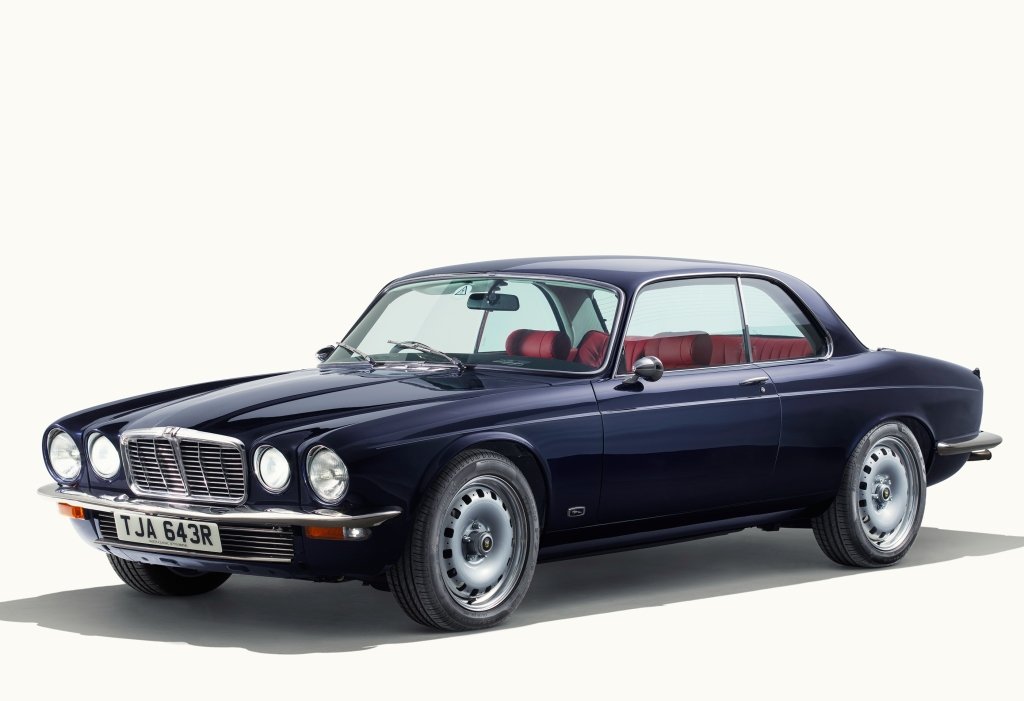
Jaguar XJC Series 2
One exemplary model introduced during this period that should have sold better was the two-door XJC. This pillarless design was said to be the last car personally styled by Jaguar founder Sir William Lyons and had been set to debut in 1973 as a Series 1. However, the might of British Leyland engineering took almost two years to devise a suitable seal between the two side windows and XJCs only saw production from 1975-77.

Plenty of boot space for that trip to the Mountains
The Series 3 XJ6 launched in Australia in August 1979 was seen as Jaguar’s salvation. Although similar in style to earlier XJs, a restyle by Italian-based Pininfarina brought a more steeply raked windscreen, larger windows and a new nose and tail. The Series 3 range would, in 1982, add an upmarket Sovereign model with extra features and interior upgrading.
Rust, overheating and poor maintenance are primary XJ6 enemies. Find a car that suffers none of these and it will likely deliver enjoyment and reliability.
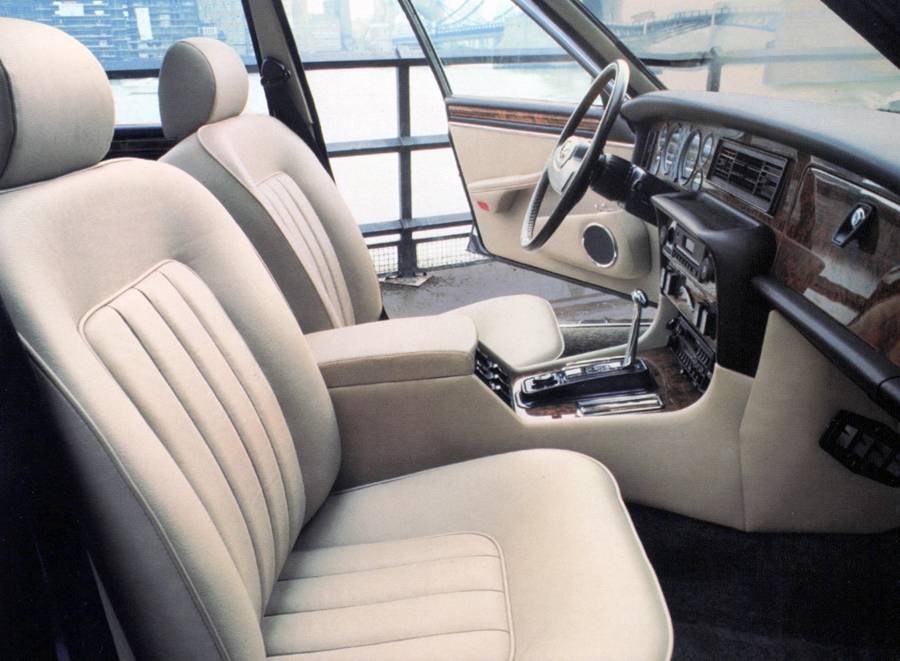
Cabin in Series 3 was a fabulous place to be
Early S1s, especially in manual overdrive, can exceed $30,000 , but later S2 and S3 automatic versions will in most cases be half that price. A Series III Sovereign that has been well preserved will likely exceed $20,000, as will one of the rare Series 3 five-speed manual cars.
Two-door cars are scarce and those in excellent condition can exceed $50,000. Enthusiast buyers tend to choose the Series 1, with the S3 XJ6 and Sovereign appealing to those who might use their Jaguar more frequently and the S2 the least popular.
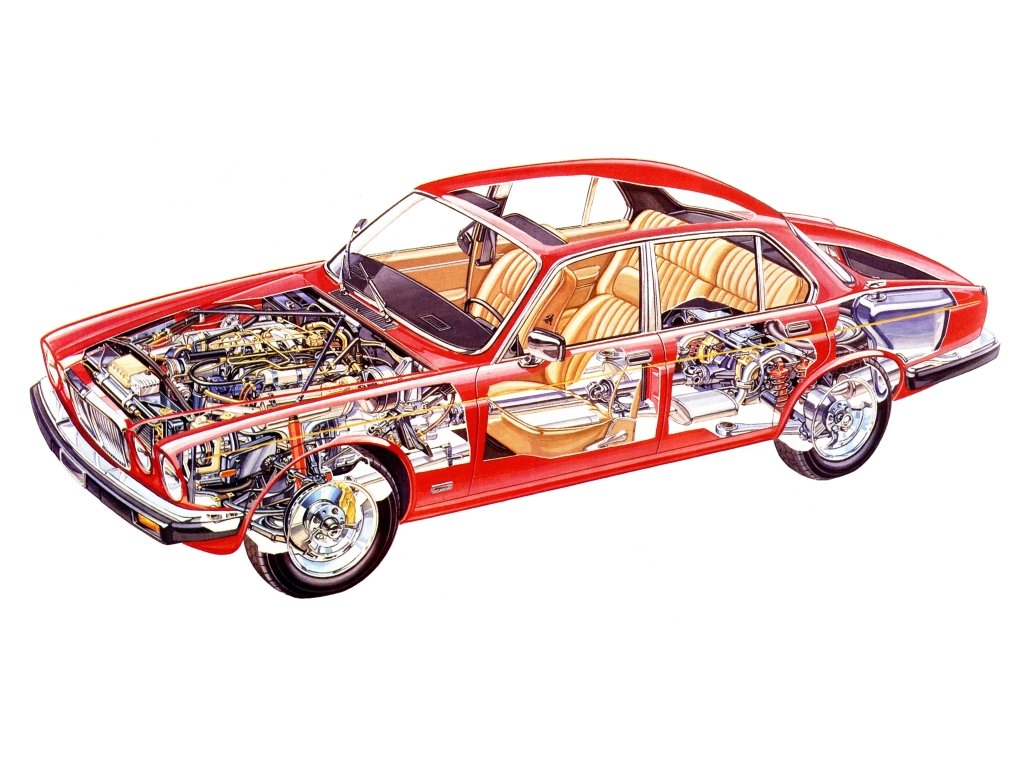
jaguar XJ6 Cutaway
Things To Watch Out for When Buying a Used JAGUAR XJ6 (1968-86)
Body rust especially around window apertures and in the floors
Oil and fuel leaks which may lead to engine bay fires
Engine overheating and oil contamination from a failed head gasket
Worn suspension which is expensive to properly replace
Rear discs contaminated with oil due to leaking differential seals
Dry and cracked interior trim
Valuation Timeline JAGUAR XJ6 (1968-86)
🛠️ Timeline
Investment Rating
6 / 10
Cliff Chambers

Get The Latest
Sign up for the latest in retro rides, from stories of restoration to community happenings.
 '1972â73 1-1024x675.jpg)


